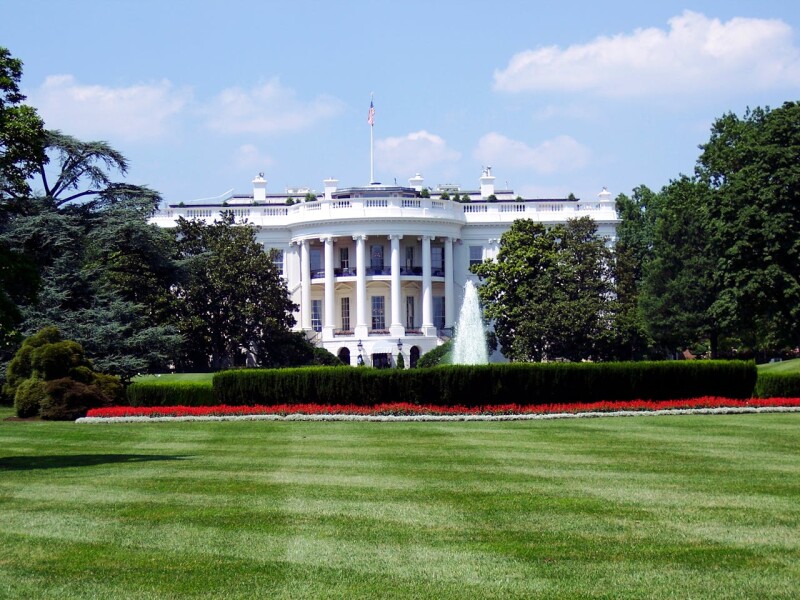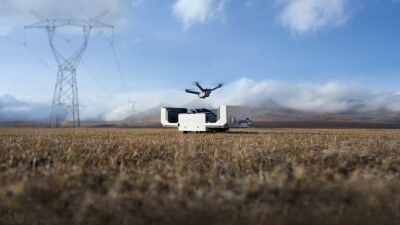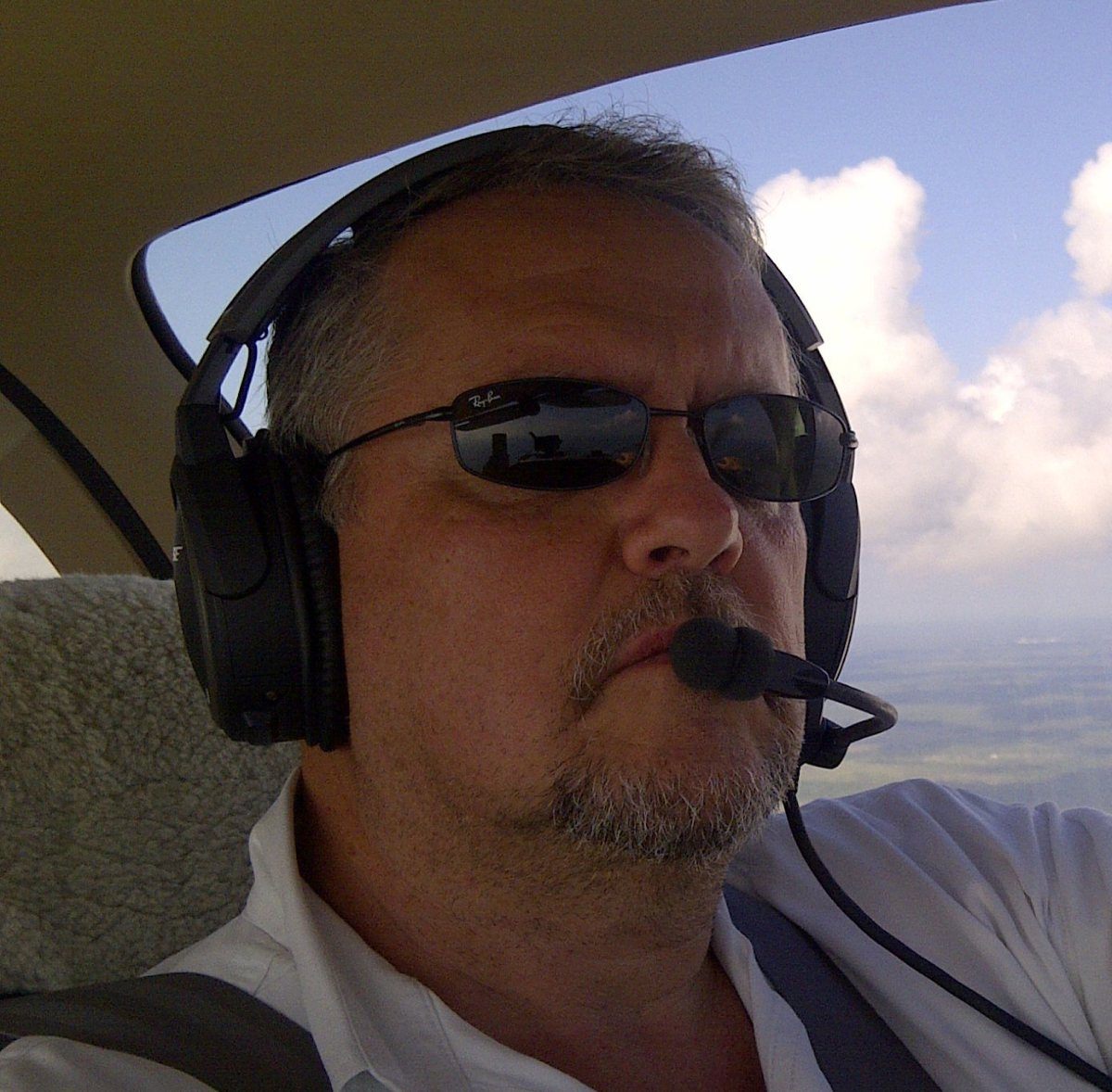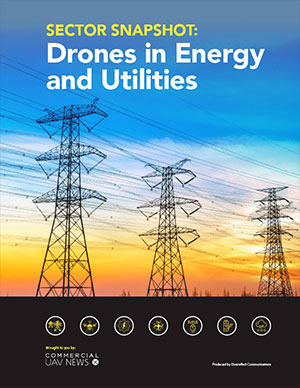It’s been almost a week since President Trump issued his “Unleashing American Drone Dominance" and “Restoring American Airspace Sovereignty” executive orders (EOs), and the news has generated wide coverage and a range of responses from industry insiders.
As discussed in Commercial UAV News, the two EOs “are respectively designed to reduce regulatory barriers for BVLOS operations as well as increase security for large-scale public events.” The orders also contain language around expanding eVTOL use, deploying AI to aid in the waiver process, creating a “roadmap for the integration of civil UAS into the National Airspace System,” promoting US drone manufacturing, and more.
What Happened to the Chinese Drone Ban?
Although there was much speculation in the days leading up to the announcement that the Trump Administration would address long-standing issues around Chinese-made drones, bans or restrictions on these vehicles were not central to the EOs. However, said PC Mag, while “the measures stop short of ordering a full ban on Chinese-made drones from companies like DJI or Autel,” “one of them calls on the Federal Acquisition Security Council” to "publish a Covered Foreign Entity List…identifying companies that pose supply chain risks." So, PC Mag stated, "DJI and Autel could end up on that list.”
(Click here to read a fact sheet from the White House discussing the EOs.)
Response from Industry Leaders
Response to the EOs has been largely positive, but some have raised questions about funding and implementation. Below is a look at some of the coverage and commentary generated by the executive orders:
The Drone Girl called the announcement “a long-awaited green light” for the US drone sector and “a tectonic shift for the drone industry.” In a piece entitled “Trump’s Executive Order on drones unleashes BVLOS drone flights,” The Drone Girl said the establishment of “aggressive deadlines for the BVLOS rule” is “a critical step” in furthering drone use for drone delivery along with “long-range infrastructure inspections, emergency response, precision agriculture and automated monitoring across booth cities and rural expanses.” Ultimately, the site stated that, with the new EOs, “it seems as though 2025 could be the year the U.S. finally turns the drone industry’s immense potential into tangible impact.”
Michael Hill – The Drone Protm, said the announcement “signals a strong commitment to growing a robust domestic drone ecosystem. Prioritizing U.S.-made technologies will accelerate innovation, expand high-skill workforce opportunities, and help ensure that America leads the future of unmanned aviation.”
Similarly, the Association for Uncrewed Vehicle Systems International (AUVSI) said the orders “mark a significant step toward reducing regulatory uncertainty, accelerating innovation and manufacturing, and reinforcing U.S. competitiveness in the global autonomy race.” Michael Robbins, AUVSI’s President & CEO, said that his organization “commends the Trump Administration for advancing policies that will ensure U.S. leadership in drone innovation, security, operations, and manufacturing …By prioritizing long-overdue drone enabling rules and much needed security reforms, the Administration is accelerating the safe and responsible growth of the drone industry at a pivotal moment.”
Keller Rinaudo Cliffton, Zipline’s Founder and CEO, outlined the ways the EOs will help his company—and the greater drone industry—navigate regulations. “The EO directs the FAA to create a new rule (Part 108) that will dramatically simplify regulations for vehicles that are 100 times smaller than cars, rather than 100 times larger. And BVLOS will become a standard and expected capability for these systems,” he said. Moreover, he explained, “This EO dramatically streamlines these reviews, which will unlock geographic scale in the US. Approval for a system in one city can be rapidly applied in others.”
UAS consultant Bill Daggett applauded the “great intentions” of the orders, but he cautioned that “executive orders don’t come with funding. They direct agencies like the FAA and Commerce to act—but don’t allocate the budget or personnel needed. The timelines may be ambitious, but implementing them requires rulemaking, inter-agency cooperation, public comment periods… and that all takes time.”
Watch Commercial UAV News for ongoing coverage of the Trump Administration’s drone-focused executive orders.
















Comments